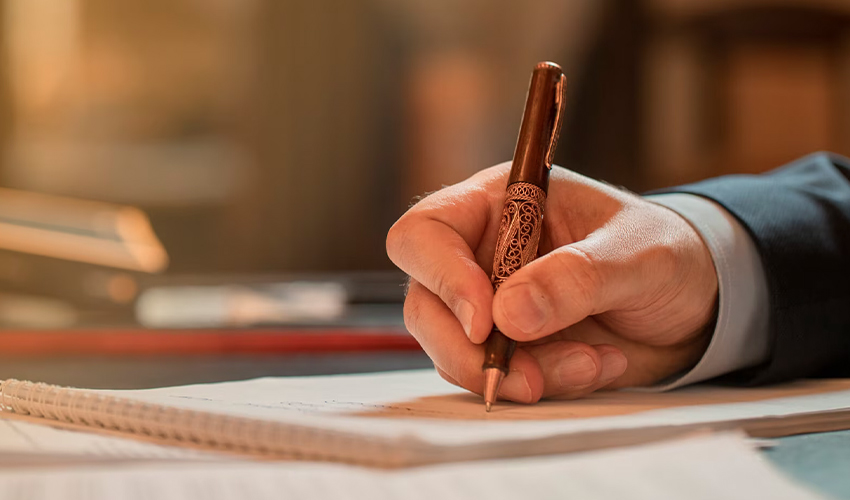Introduction
A significant technique for improving mental clarity, self-awareness, and personal development is journaling. There is a journaling style to fit every personality and goal, whether you like the ease of digital platforms or the tactile feel of pen and paper. We’ll explore many journaling styles in this blog, each of which caters to distinct requirements and artistic expressions.
1. Pen and paper journaling: This is the traditional method, and it provides a physical experience that helps you to completely interact with your ideas. Writing by hand might help you become more conscious and emotionally connected. It’s a quiet place where you may express yourself without being interrupted by technology.
2. Online journaling: For individuals who enjoy using technology, online journaling provides accessibility and convenience. You may write down your ideas, including photographs, and even create reminders for journaling using a variety of platforms and applications. This look is ideal for people who appreciate seamless device synchronization or are constantly on the move.
3. Bullet journaling, or “bujo,” is a unique and adaptable approach to arrange your ideas, projects, and objectives. You may track behaviors, make to-do lists, and scribble down notes using its own symbol system in an attractive manner. You may modify bullet journaling to suit your personal preferences and needs thanks to its adaptability.
4. Writing in a thankfulness diary entails thinking about and jotting down the things you’re grateful for every day. This kind of journaling can encourage optimism and improve your general sense of wellbeing. You might develop a greater appreciation for the current moment by concentrating on the positive aspects of your life.
5. Travel Journaling: With travel journaling, you may immortalize the romance of your trips. Documenting your experiences, interactions, and feelings in a travel notebook may help you make long-lasting memories, whether you’re traveling to far-off places or finding hidden gems in your own city. For a comprehensive visual record, include drawings, ticket stubs, and souvenirs.
6. Art journaling: Through art journaling, you may express yourself visually and creatively. To express your ideas and emotions, combine typography, collages, paintings, and sketches. This format is ideal for people who find regular journaling to be constructive and who want to express themselves in a more creative and abstract way.
7. Dream Journaling: As soon as you wake up, you should write down your dreams in a dream notebook. Dreams give a special approach to examine your thoughts and feelings as well as insights into your subconscious mind. Patterns and recurrent motifs could start to show up over time, illuminating your inner world.
8. Reflective Journaling: Reflective journaling promotes personal development and self-awareness. Allocate some time to reflect on your experiences, choices, and feelings. This approach encourages you to reflect on your behavior and seek a deeper understanding of it, allowing you to change for the better and take lessons from the past.
Conclusion
Whatever your tastes or objectives, there is a type of journaling that may fit easily into your daily routine. The act of journaling itself is what counts most, not how you choose to do it—whether you write on paper, type on a computer, express yourself artistically, or do self reflective research. It’s a path of self-discovery, awareness, and growth that may result in a richer life and a greater connection with oneself. So choose a writing method that appeals to you, and then let your ideas flow onto the paper to create a personal account of your life’s journey.

